10 Hardy Winter Vegetables to Plant in Your Garden
Keep your vegetable garden going year round with these plants to grow in winter.

Delicious produce doesn't just grow in the summer; some of the best fall and winter vegetables reach maturity during the cold-weather months. Popular winter plants include leafy greens that can survive the harshest conditions—even snow, rain, and ice—or carrots, turnips, onions, and other stew-ready vegetables.
If you want to give your winter vegetables some help through the coldest parts of the year, add a protective covering to your garden. "A small greenhouse, or a greenhouse-like protective cover, can allow these plants to grow in weather that gets below freezing, and even during light snowfalls," says Deborah Miuccio, product research and testing coordinator at Gardener's Supply Company. "This allows people the ability to grow their own food year round."
Ready to get started planting your own winter vegetable garden? We asked experts to share the hardiest crops that will withstand whatever the cold weather brings.
Meet Our Expert
Deborah Miuccio, product research and testing coordinator at Gardener's Supply Company
Ginny Rosenkranz, master gardener coordinator with the University of Maryland Extension
Todd Carr, former senior garden editor at Martha Stewart Living
Related: 10 Winter-Blooming Flowers That Brighten Your Garden in the Darkest Season
Carrots
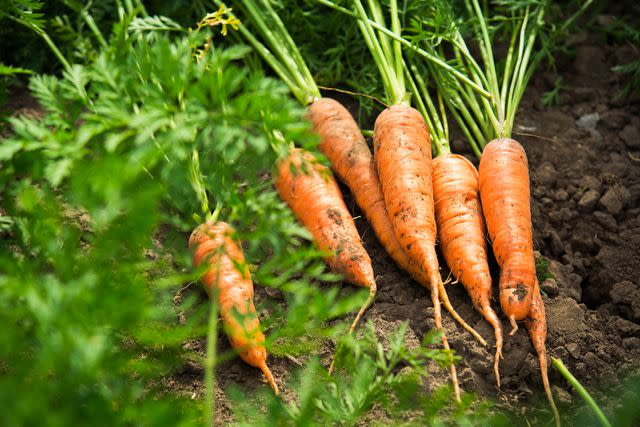
DimaSobko / GETTY IMAGES
Whether glazed and roasted, raw in salad, pureed for soup, or grated for cake, carrots are an incredibly versatile vegetable. Growing them through cold weather makes them even sweeter.
"They can stay in the ground under a nice layer of mulch to be harvested through early winter," says Ginny Rosenkranz, master gardener coordinator with the University of Maryland Extension. Carrots also grow well under tunnels—the goal is to keep the soil from freezing so you can pull the carrots out all year.
Zone: 3 to 10
Size: 12 inches tall and deep x 9 inches wide
Growing conditions: Full sun; well-drained soil
Turnips
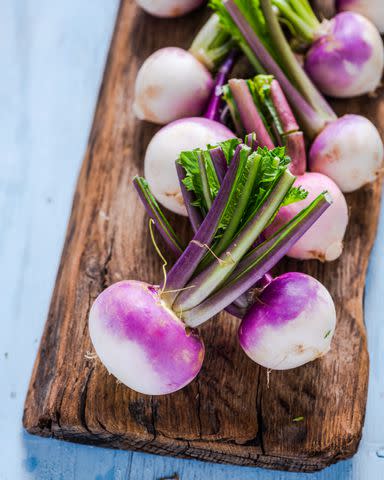
merc67 / GETTY IMAGES
Turnips grow in spring or fall, but—as with carrots—sowing in late summer often provides you with a tastier end result. They'll survive in temperatures as low as 40 degrees Fahrenheit, so you can pull them from the ground and serve them for dinner well into the season's cooler weather.
Zone: 2 to 9
Size: 12 to 14 inches tall x 3 to 6 inches wide
Growing conditions: Full sun to partial shade; fertile, well-drained soil
Spinach
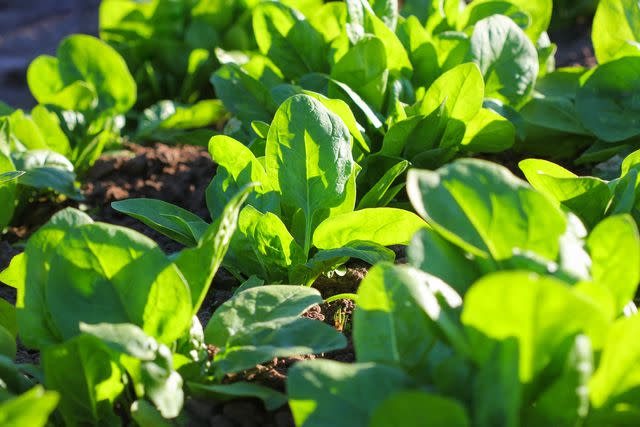
Vaivirga / GETTY IMAGES
Spinach is tough enough to grow through temperatures as low as 28 degrees, but tender enough to provide a delicious base for winter salads, entrees, and dips. Plant spinach about eight weeks before your first frost date and use covers to extend the harvest season.
Zone: 2 to 9
Size: 8 to 12 inches tall x 5 inches wide
Growing conditions: Full sun to partial shade; well-drained soil
Brussels Sprouts
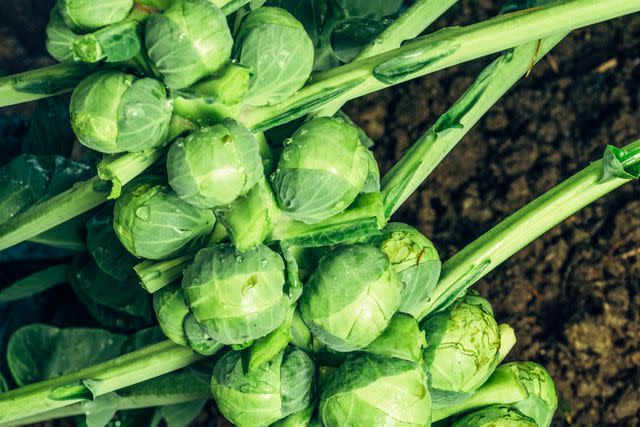
lucentius / GETTY IMAGES
Brussels sprouts prefer temperatures below 65 degrees, but can survive in weather as cold as 20 degrees. Because of their long growing season, plan to plant them about four months before your first frost date; choose a full-sun spot, but keep them watered during the summer to protect them from the heat.
Zone: 3 to 9
Size: 24 to 26 inches tall x 12 inches wide
Growing conditions: Full sun; well-drained soil
Mustard Greens
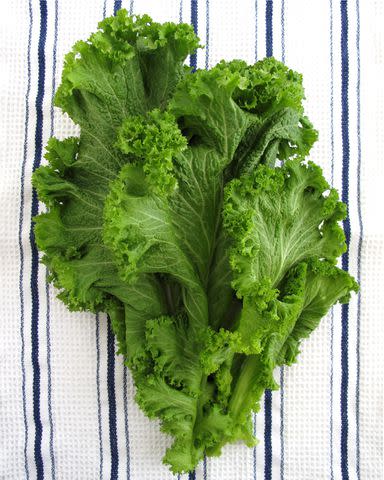
Don't allow their delicate appearance to fool you; fruitful, swift-sprouting mustard greens can last through frost and temperatures several degrees above freezing in your vegetable garden. When in doubt, Todd Carr, former senior garden editor at Martha Stewart Living, suggests beginning the plant growth indoors in the fall and moving it outside after germination.
Zone: 8 to 11
Size: 20 inches tall x 24 inches wide
Growing conditions: Full sun; rich, well-drained soil
Lettuce
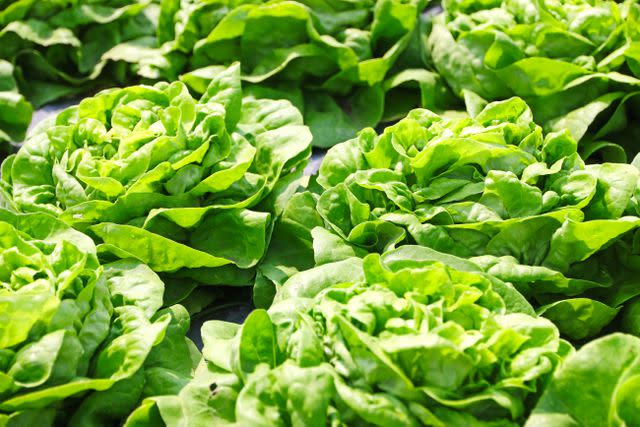
Ungnoikalookjeab / GETTY IMAGES
Brisk temperatures suit robust lettuce, whose seeds can be sown in the fall for a harvest between one and three months after their initial planting. "If the seeds you are working with are small, you can mix them with sand for greater visibility," Carr advises. "When you lay out the seeds in rows, you can see where they are going."
Zone: 2 to 11
Size: 6 inches tall x 12 inches wide
Growing conditions: Full to partial sun; rich, well-drained soil
Cabbage
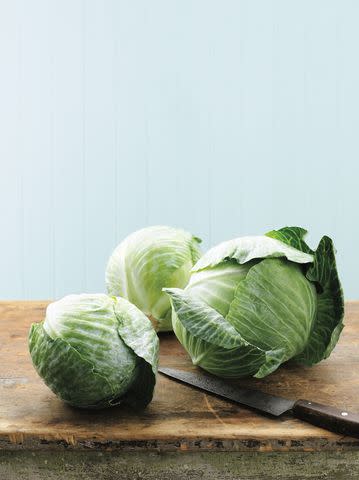
Cold weather won't get the best of this delicious leafy green, making it a great fall vegetable to plant. Cabbage is known to thrive in frost and is ready to pick come winter. "[Areas like] southern California can start these from seed in September," Miuccio says.
Zone: 3 to 11
Size: 12 inches tall x 18 inches wide
Growing conditions: Full sun; well-drained soil
Related: 24 Cabbage Recipes That'll Add Color and Crunch to Your Meals
Broccoli
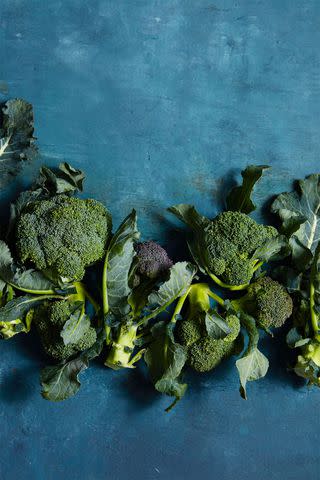
"When the very hot weather hits, the [brassica] vegetables will bolt—which means that the vegetable will produce seed—which reduces the harvest," Miuccio says. Like other plants from the species, broccoli thrives away from harsh heat and when sown about 10 to 12 weeks before the first frost.
Zone: 3 to 11
Size: 18 to 36 inches tall x 18 inches wide
Growing conditions: Full sun; well-drained soil
Kale
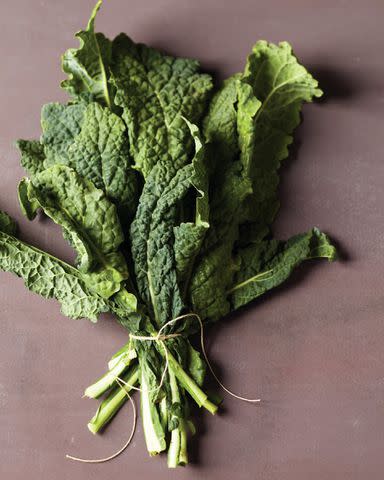
Sunlight and moist soil will help grow healthy kale for a winter harvest. When prepping your fall vegetables, take care to guard them against a specific bug. "To prevent the small white butterfly of the cabbageworm from laying eggs on the plants, simply cover the plants with summer-weight fabric over hoops," Miuccio notes. "This is an easy, organic solution."
Zone: 7 to 10
Size: 12 to 24 inches tall x 12 to 24 inches wide
Growing requirements: Full to partial sun; well-drained soil
Cauliflower
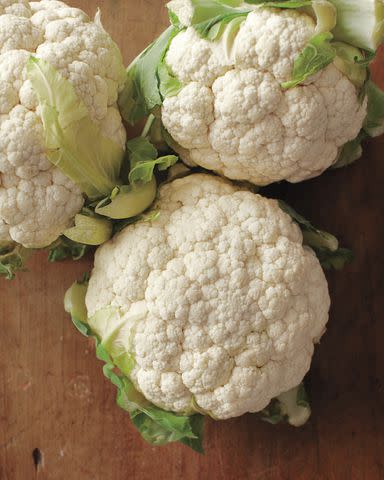
It takes an average of 50 to 80 days to grow this plant. Similar to other brassicas, this crop should be planted in the ground almost 10 weeks before the first frost for a healthy winter harvest. You can keep this cold-weather brassica crop healthy by removing plant debris from your winter vegetables garden—this will also help to keep bugs away during the winter.
Zone: 2 to 11
Size: 12 to 14 inches tall x 12 to 18 inches wide
Growing conditions: Full sun; rich, well-drained soil
Read the original article on Martha Stewart.

